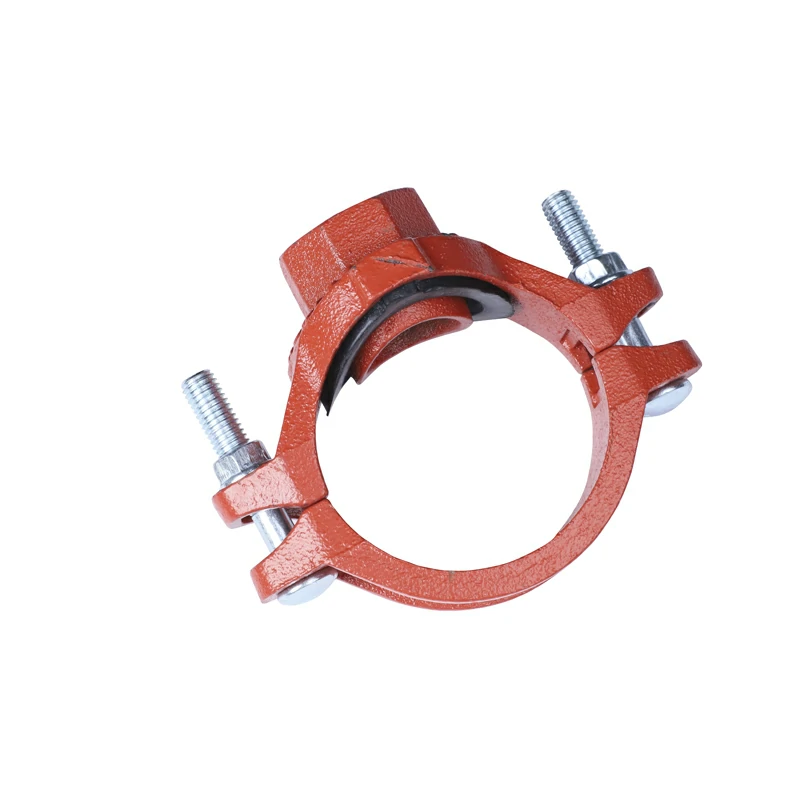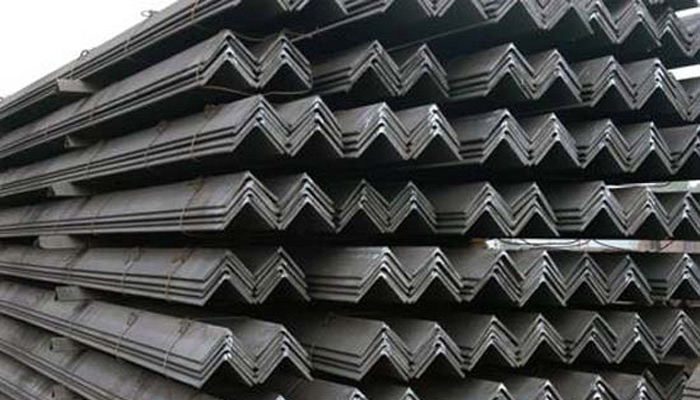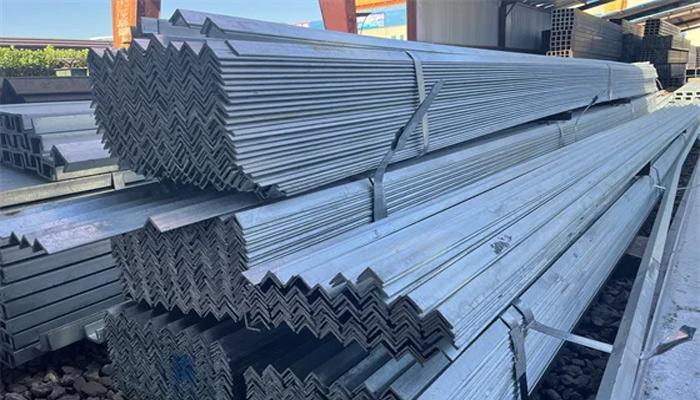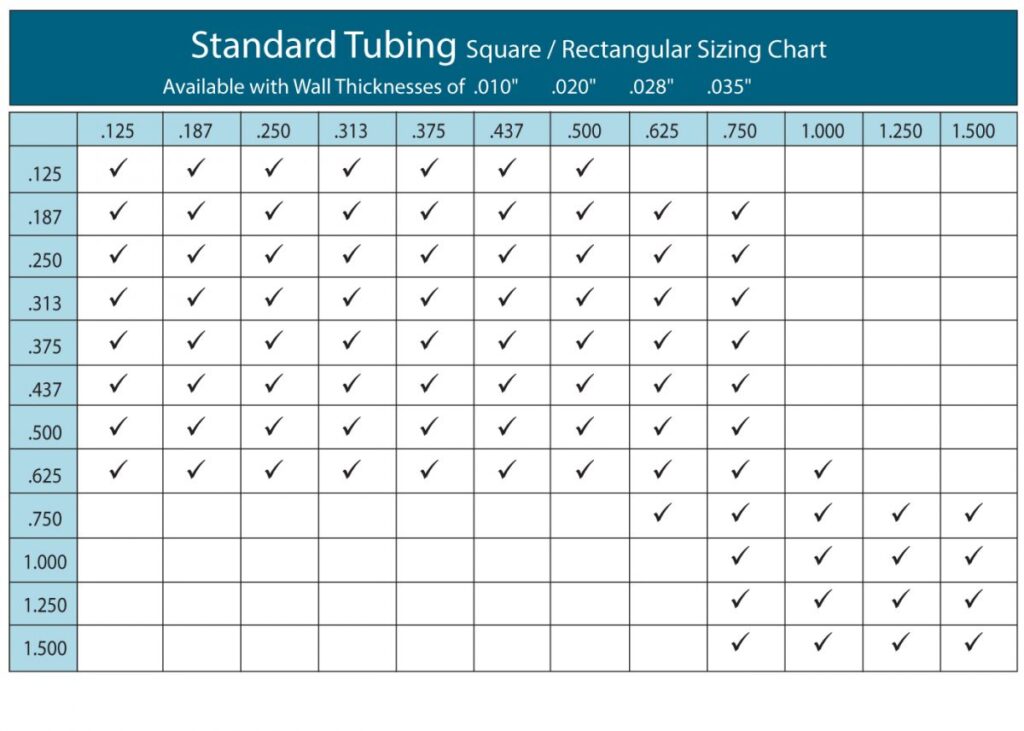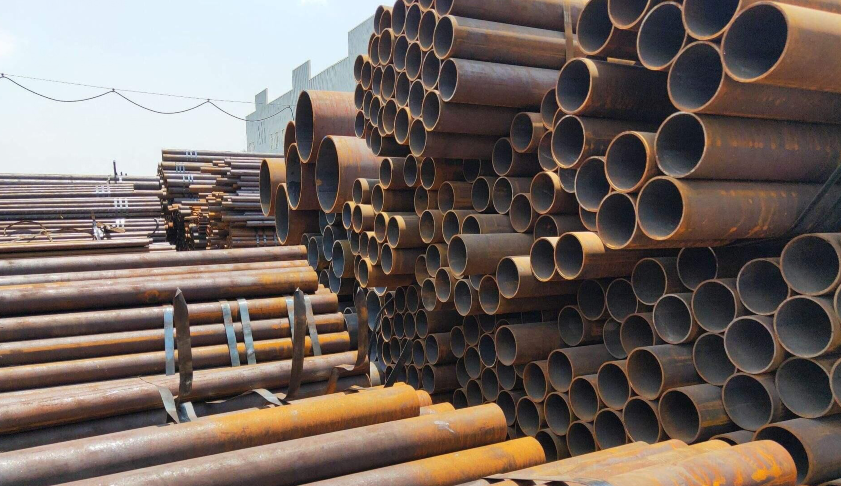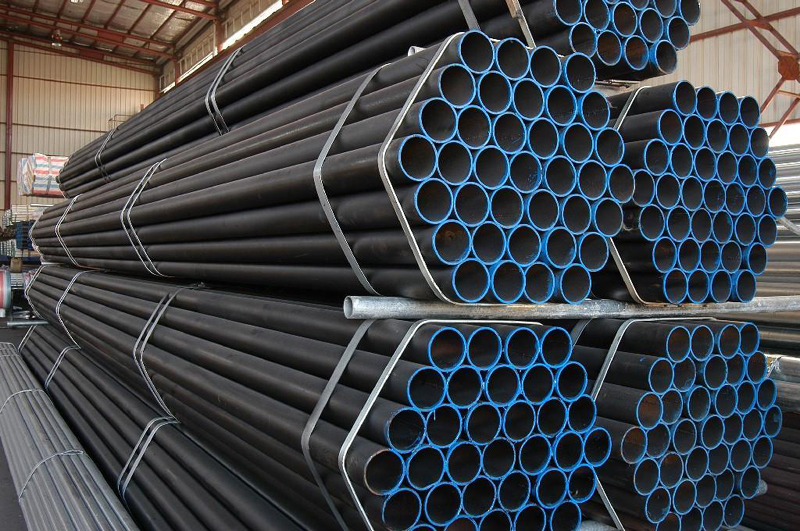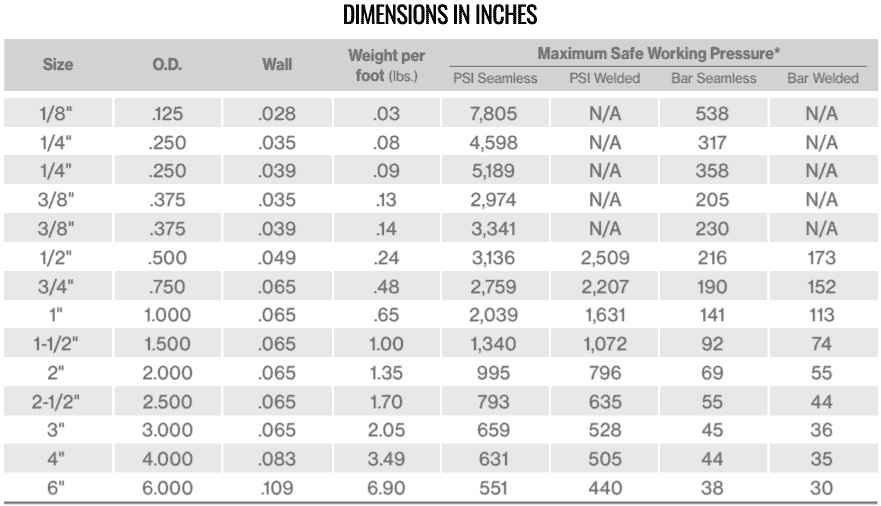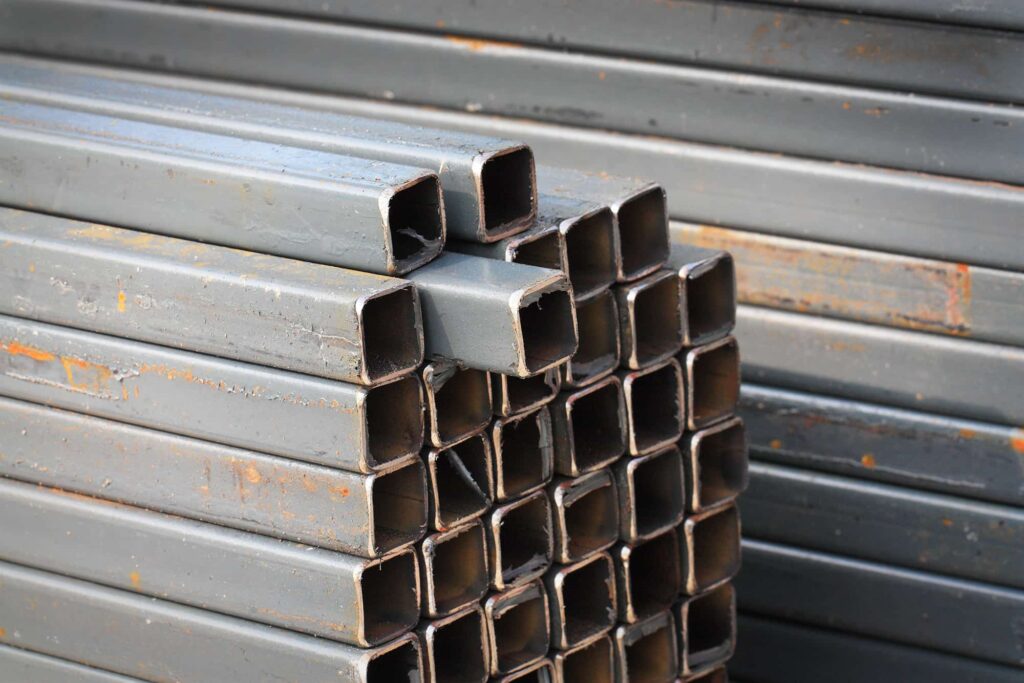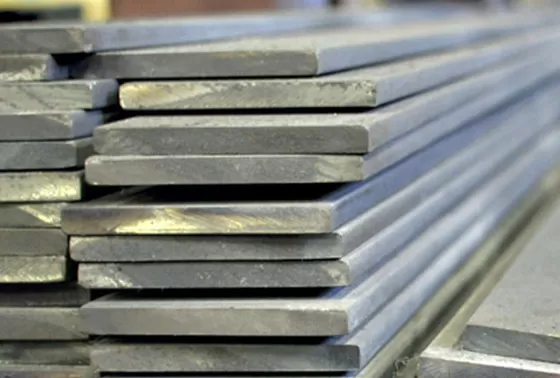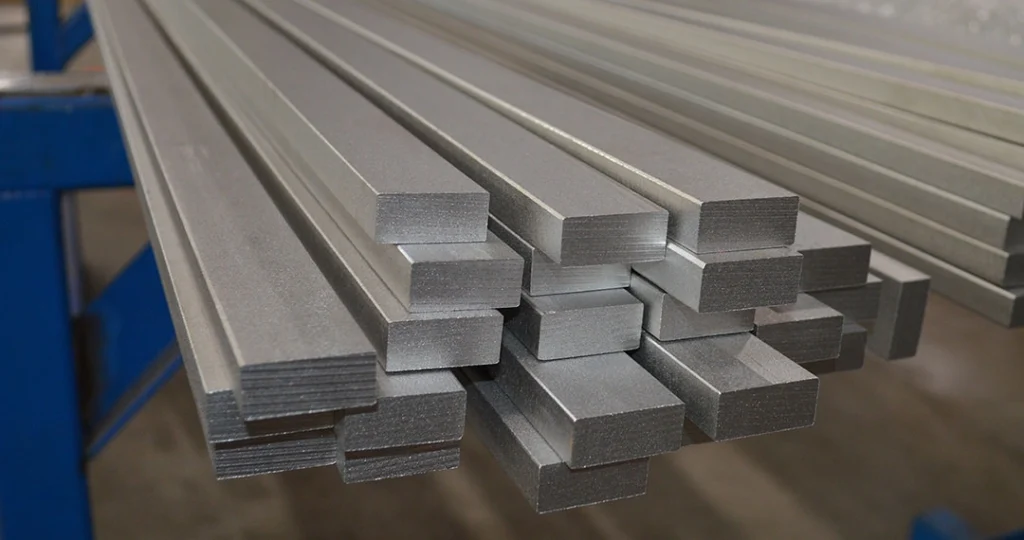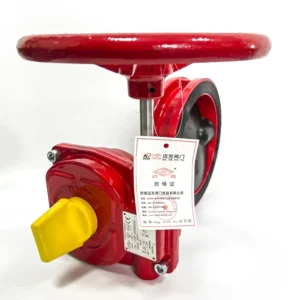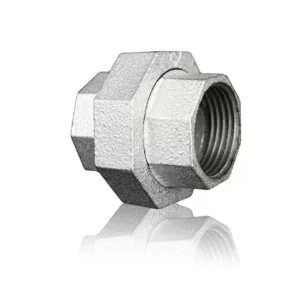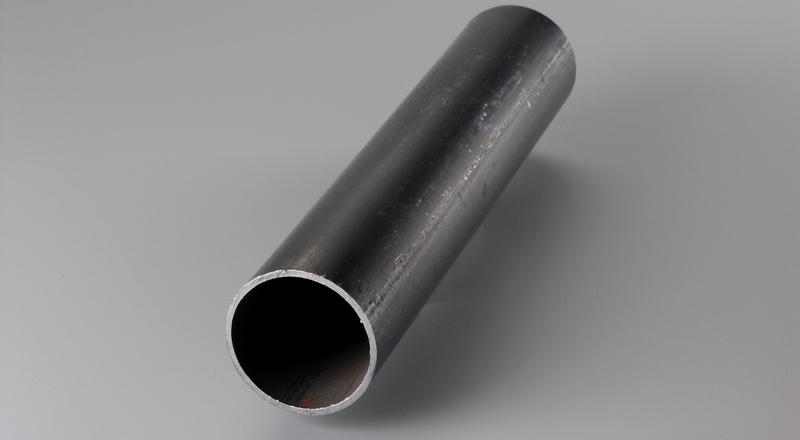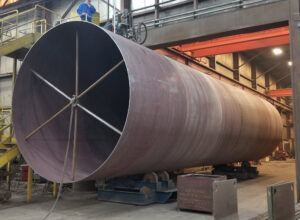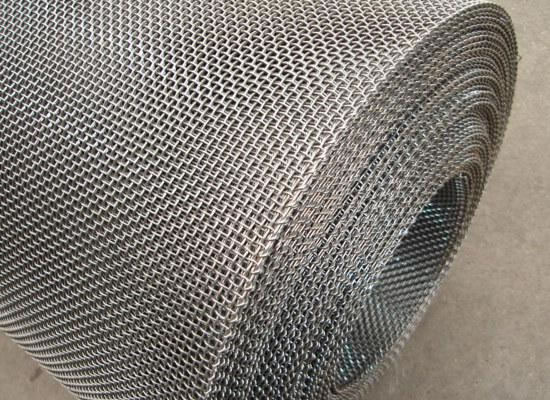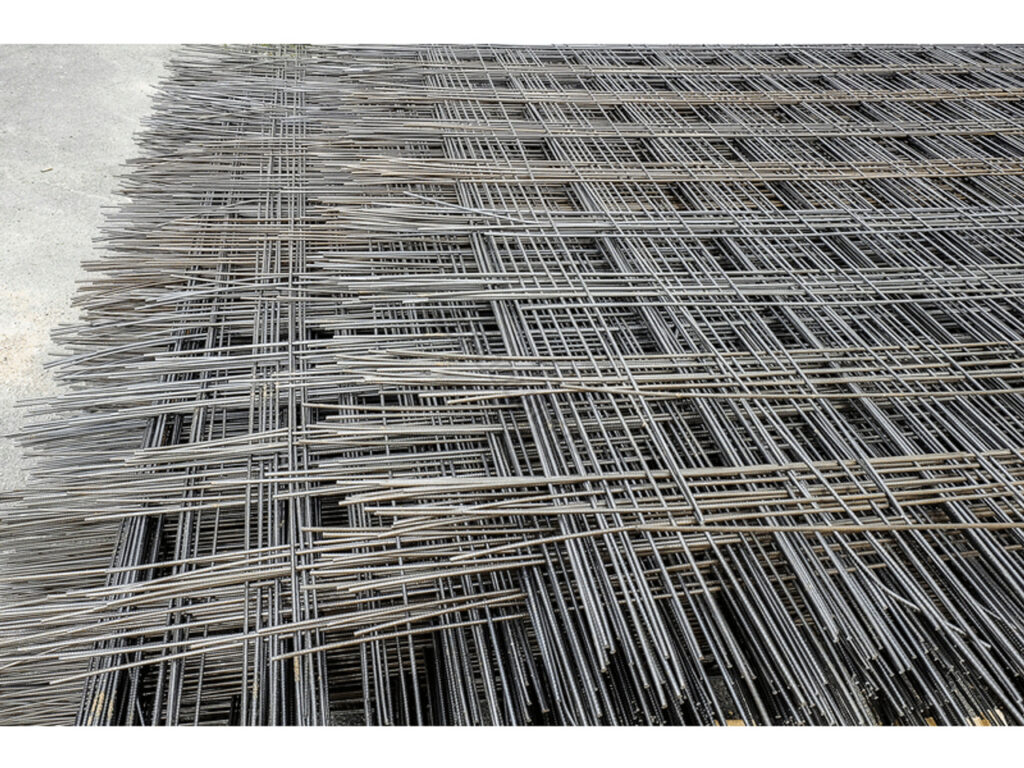Maintenance and inspection procedures for threaded mechanical tees in a piping system are crucial to ensuring their functionality, integrity, and the overall efficiency of the system.
Here are some recommended procedures:
- Regular Visual Inspections: Perform routine visual checks for signs of leaks, corrosion, or damage on the threaded areas, adjacent pipes, and seals/gaskets.
- Tightness Checks: Regularly inspect and verify the tightness of the threaded connections to ensure they are properly sealed and secured. Employ torque wrenches as per manufacturer recommendations to check and maintain proper torque settings.
- Gasket or Seal Examination: Check the condition of the gaskets or seals associated with the threaded mechanical tee. Look for signs of wear, degradation, or leaks and replace if necessary.
- Pressure and Leak Tests: Periodically conduct pressure tests to ensure the integrity of the threaded connections. Pressure tests can help identify any leaks or weaknesses in the threaded joints.
- Corrosion Prevention: Implement corrosion prevention measures to protect threaded areas from corrosion. This may include applying protective coatings or using corrosion-resistant materials.
- Maintenance Records: Maintain detailed records of maintenance activities, including inspections, repairs, replacements, or modifications made to the threaded mechanical tees. Keep a record of torque values applied during installation or maintenance.
- Compliance with Standards: Ensure that maintenance and inspections align with industry standards and manufacturer recommendations. Adherence to these guidelines helps maintain the integrity of the threaded connections.
- Training and Education: Train maintenance personnel in proper inspection techniques and procedures specific to threaded connections. Educate them on the importance of proper torque, handling, and maintenance practices.
- Periodic Replacement: Consider periodic replacement of gaskets or seals associated with threaded mechanical tees, even if no visible damage is observed, to maintain their effectiveness and prevent unexpected failures.
- Consultation with Experts: Seek guidance from qualified professionals or manufacturer representatives for specialized inspection procedures or when addressing any anomalies detected during routine inspections.
By implementing these maintenance and inspection procedures, it’s possible to ensure the continued reliability and functionality of threaded mechanical tees within a piping system, minimizing the risk of leaks, corrosion, or failures that could disrupt system operations.
What are the installation considerations for threaded mechanical tees?
The installation of threaded mechanical tees in a piping system requires careful attention to several considerations to ensure proper functionality, integrity, and safety. Here are key installation considerations for threaded mechanical tees:
- Thread Compatibility: Ensure compatibility between the threads of the tee and the connected pipes or fittings. Match thread types, sizes, and standards to prevent mismatched connections.
- Thread Preparation: Clean and inspect the threads on the tee and adjoining pipes or fittings. Remove any debris, burrs, or imperfections that could interfere with proper threading or cause leaks.
- Thread Sealing: Apply an appropriate thread sealant or tape compatible with the system’s fluids and materials. Ensure that the sealant is evenly applied and does not obstruct the flow path within the tee.
- Proper Torque Application: Use a calibrated torque wrench to apply the recommended torque specified by the manufacturer. threaded mechanical tee Over-tightening can damage threads, while insufficient torque can lead to leaks.
- Alignment and Positioning: Ensure proper alignment and positioning of the tee with respect to the pipeline. Misalignment can cause stress on the threads, leading to leaks or compromised integrity.
- Avoid Overloading Stresses: Prevent excessive loads or stresses on the tee by supporting the system properly. Use supports or hangers as needed to avoid placing undue stress on the threaded connections.
- Quality Control Checks: Conduct visual inspections during and after installation to verify proper alignment, thread engagement, and the absence of leaks or damages.
- Tightness Verification: After installation, conduct a final check to ensure the threaded connections are securely tightened and sealed. Perform a pressure test, if applicable, to verify the integrity of the connections.
- Adherence to Standards: Install threaded mechanical tees following industry standards, manufacturer recommendations, and specific guidelines applicable to the piping system.
- Qualified Installation: Ensure that installation is carried out by trained personnel familiar with proper handling and installation practices for threaded connections. Inexperienced installation can lead to errors and leaks.
- Documentation and Records: Maintain detailed records of the installation process, including torque values applied, sealants used, inspection results, and any adjustments made during installation.
By adhering to these installation considerations, it’s possible to install threaded mechanical tees correctly, ensuring secure and reliable connections within the piping system while minimizing the risk of leaks or failures.
